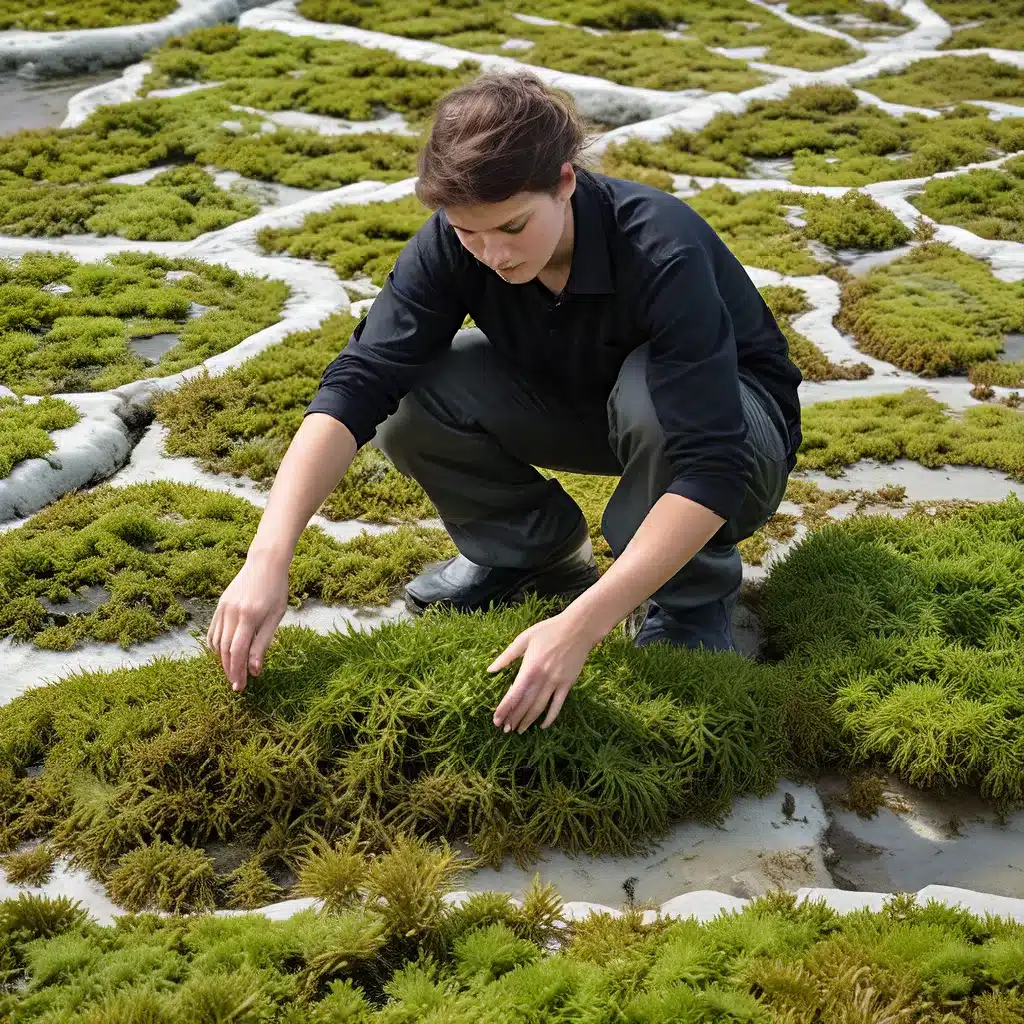
The Diverse World of Asparagopsis: Uncovering Chemical Wonders
The marine environment is a treasure trove of diverse and abundant components, with marine algae playing a particularly vital role. Among this remarkable ecosystem, the genus Asparagopsis has garnered escalating attention in the spheres of marine biology and biotechnology. This comprehensive review delves into the intricacies of the chemical composition and biological significance of Asparagopsis species, illuminating their potential utility across a spectrum of sectors.
Taxonomic Insights and Habitat Preferences
Asparagopsis species, classified within the family Bonnemaisoniaceae and the phylum Rhodophyta, are known for their distinctive characteristics and evolutionary adaptations. Asparagopsis armata, commonly referred to as Harpoon Weed, thrives in temperate, warm-temperate, and subtropical waters, predominantly along the coastlines of Australia, New Zealand, and adjacent islands. In contrast, Asparagopsis taxiformis, often called Limu kohu, is primarily found in the Southern Hemisphere, including regions such as Australia, New Zealand, and South Africa. The third species, Asparagopsis svedelii, was originally discovered at a depth of 55 meters in the Galapagos Islands.
Understanding the taxonomic positioning and habitat preferences of these algae provides valuable insights into their morphological, physiological, and genetic characteristics, enabling researchers to better comprehend their ecological roles and potential applications.
Cultivating Asparagopsis: Unlocking Sustainable Biomass
Sustained efforts have been channeled toward exploring the cultivation of A. armata and A. taxiformis within controlled environments. The primary objective is to establish a reliable and sustainable broodstock of biomass that can cater to a multitude of applications. Researchers delve into the complexities surrounding the life cycle, growth rates, and reproductive behaviors of these species, with the aim of crafting effective cultivation strategies. This endeavor encompasses a comprehensive approach, encompassing both laboratory-based experimentation and field trials, to replicate the natural habitat conditions that these algae thrive in.
Lipids: A Treasure Trove of Functional Compounds
Lipids, a heterogeneous group of biomolecules, are a significant component of the genus Asparagopsis, offering numerous applications in industries such as food, pharmaceuticals, and cosmetics. These algae are distinguished by their notable fatty acids, particularly the omega-3 (ω-3) fatty acids, including eicosapentaenoic acid (EPA) and docosahexaenoic acid (DHA). The low ω-6/ω-3 ratio in Asparagopsis species is of particular interest, as maintaining a balanced intake of these essential fatty acids is crucial for optimal human health.
The sustainable and eco-friendly nature of these marine algae-derived ω-3 fatty acids positions them as a valuable alternative to conventional marine sources like fish oil, meeting the growing demand for ω-3 supplements and functional foods. Furthermore, the incorporation of Asparagopsis-derived ω-3 fatty acids into aquaculture diets can enhance the nutritional profile of farmed fish, promoting a more environmentally responsible approach to aquaculture.
Bromoform: A Greenhouse Gas Mitigating Compound
Bromoform, a volatile organic compound naturally produced by certain algae species, including Asparagopsis, has garnered significant interest in environmental conservation endeavors. Research has shown that the inclusion of Asparagopsis in livestock feed can efficiently decrease methane production in ruminant animals, such as cattle. This discovery highlights the potential of Asparagopsis bromoform as a natural remedy for mitigating greenhouse gas emissions, contributing to the fight against climate change.
Sterols: Bioactive Marvels with Therapeutic Potential
Sterols, fundamental constituents of cell membranes, are another remarkable group of compounds found in the genus Asparagopsis. These lipids perform vital roles in diverse biological processes and exhibit a wide range of beneficial properties, including anti-inflammatory, antioxidant, and anticancer activities.
Desmosterol, a prominent sterol in A. armata, plays a critical role in regulating lipid metabolism and maintaining cell membrane integrity. Fucosterol, another notable sterol, showcases potent antioxidant characteristics, effectively scavenging free radicals and reducing oxidative stress. Stigmasterol, identified in A. taxiformis, has demonstrated anticancer properties, inhibiting the growth of cancer cells and triggering apoptosis.
The bioactive attributes of Asparagopsis sterols position them as promising candidates for innovative pharmaceutical, cosmeceutical, and nutraceutical applications, addressing a range of health conditions and promoting overall well-being.
Proteins: A Nutritional Powerhouse
The genus Asparagopsis stands out for its exceptional protein content, surpassing that of many other marine algae species. These proteins exhibit a wide range of advantageous properties, including anti-inflammatory, antioxidant, anti-tumor, and anti-aging activities, rendering them valuable for the prevention and treatment of various conditions.
Notably, Asparagopsis proteins contain all the essential amino acids necessary for optimal human health, making them a promising plant-based protein source. The high protein content and neutral taste of Asparagopsis allow for its versatile incorporation into a variety of food products, from protein bars and energy balls to vegetarian dishes and baked goods.
Polysaccharides: Antioxidant and Anticoagulant Wonders
The polysaccharides derived from the genus Asparagopsis, typically sulfated galactans, exhibit remarkable biological properties. These compounds demonstrate potent antioxidant capabilities, shielding cells from oxidative damage and preventing various chronic ailments. Additionally, Asparagopsis polysaccharides possess anticoagulant properties, contributing to the prevention of abnormal blood clotting and associated cardiovascular complications.
Future research should prioritize in-vivo studies to further elucidate the physiological and pharmacological effects of Asparagopsis polysaccharides, as well as explore their potential prebiotic activities and impact on gut health.
Harnessing the Potential of Asparagopsis: Towards a Sustainable Future
The diverse chemical composition and biological significance of the genus Asparagopsis hold the potential to initiate transformative impacts across a wide range of domains, from biotechnology to environmental science. The revelations stemming from research within this genus bear the capacity to usher in pioneering breakthroughs in the realms of functional foods, pharmaceuticals, cosmeceuticals, and sustainable agriculture.
As the awareness of Asparagopsis’ potential continues to grow, this comprehensive review serves as an indispensable reference point, guiding researchers and industries towards the prudent utilization of this remarkable marine macroalga. By unlocking the full potential of Asparagopsis, we stand poised to enhance our understanding of marine biodiversity and contribute to the development of a more sustainable future.
Explore the world of marine algae and discover the remarkable capabilities of the genus Asparagopsis by visiting King Aquarium, your trusted source for aquarium care and aquascaping insights.

